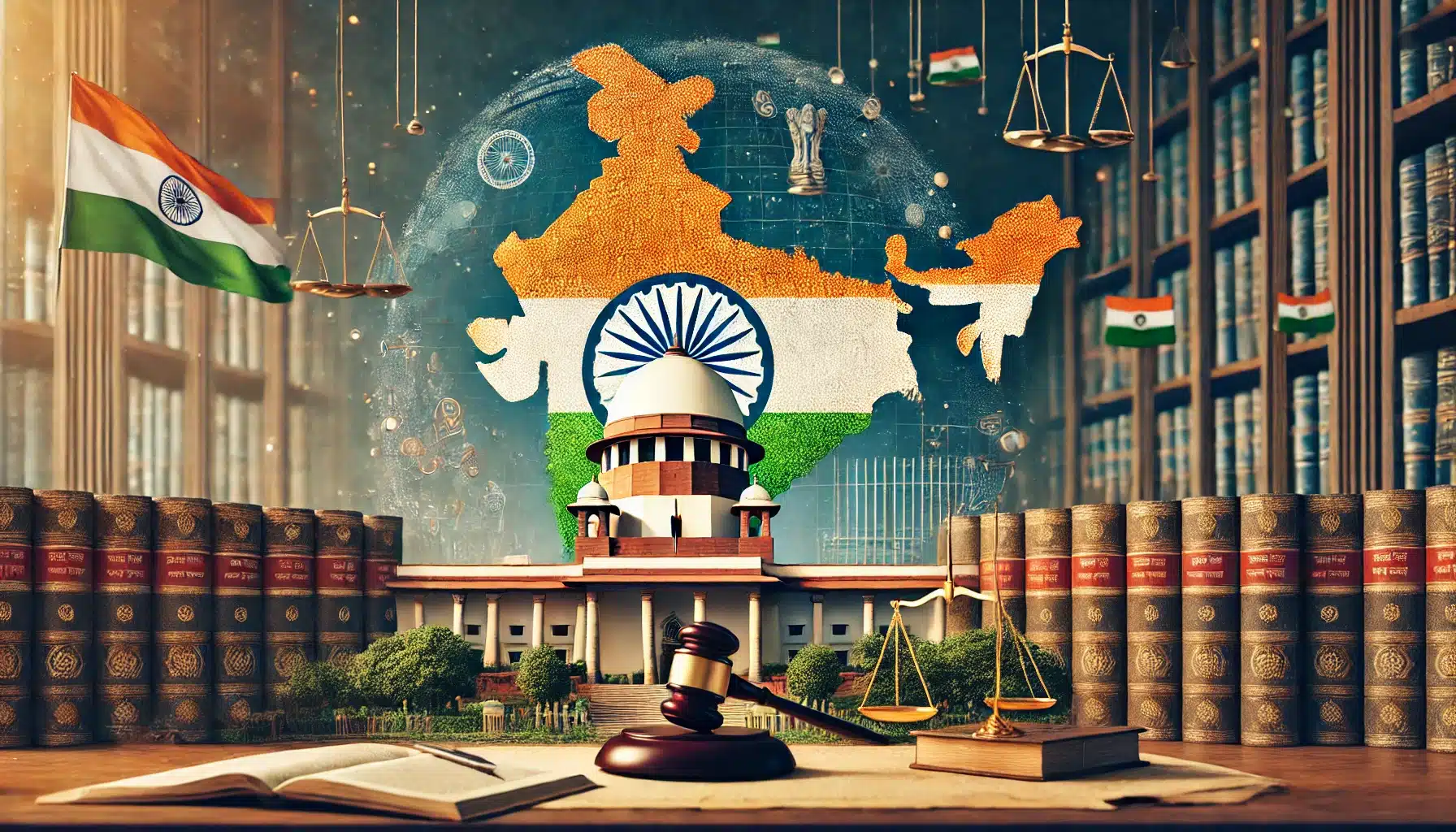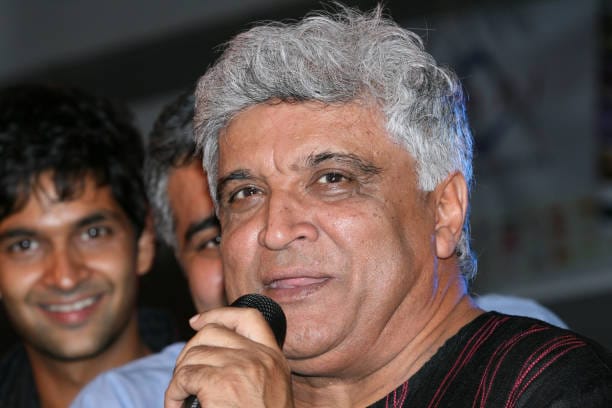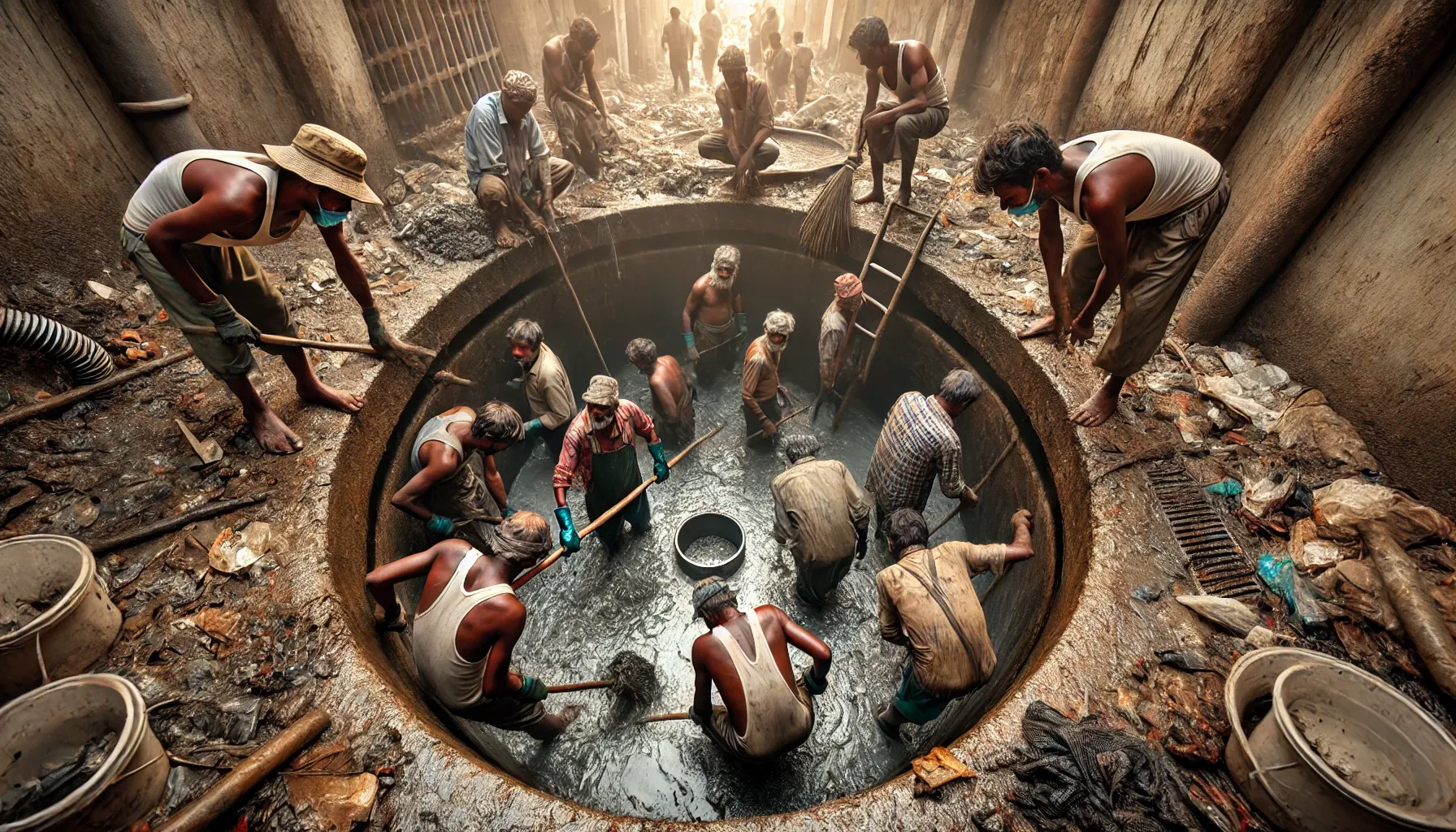Chief Justice of India DY Chandrachud, during the National Conference of the District Judiciary, endorsed the idea of a national-level recruitment process for judicial services across all states, emphasizing the need for a unified and efficient approach. He highlighted the current vacancy rates and

Introduction In a significant call for reform, Chief Justice of India DY Chandrachud emphasized the need for a national-level recruitment process for the judicial services of all states. Speaking at the valedictory ceremony of the National Conference of the District Judiciary, CJI Chandrachud stressed the importance of moving beyond the “narrow domestic walls of regionalism and state-centered selections” to achieve true national integration. The proposal aims to standardize the recruitment process across India, addressing the pressing issue of judicial vacancies and ensuring a more efficient and unified judicial system.
CJI Chandrachud’s Endorsement of National Judicial Recruitment
- CJI Chandrachud endorsed the idea of a national-level recruitment process for the judicial services of all states.
- He highlighted the need for standardizing the recruitment calendar across the country to ensure timely filling of vacancies.
- The CJI noted that the district judiciary currently faces a 28 percent vacancy in judicial personnel and a 27 percent vacancy in non-judicial staff.
Vacancy Crisis and the Need for Skilled Personnel
- The CJI emphasized that increasing the disposal-to-filing ratio hinges on attracting skilled personnel.
- He remarked, “For disposal to outweigh institution of cases, the courts must work beyond the capacity of 71 percent to achieve 100 percent.“
- The conference deliberated on the criteria for selecting judges and the importance of a standardized recruitment calendar.
Presidential Support for All India Judicial Service
- President Droupadi Murmu, who attended the function, had previously endorsed the idea of an All India Judicial Service.
- In her Constitution Day address last year, the President suggested, “There can be an All India Judicial Service which can select brilliant young stars and nurture and promote their talent from lawyer level to higher level.“
Action Plan to Reduce Case Backlogs
- The CJI outlined a three-stage action plan crafted by Justices AS Oka, Vikram Nath, and Dipankar Datta to reduce case arrears:
- Preparatory Stage: Forming district-level case management committees to identify target cases, undated cases, and reconstruct records.
- Second Stage: Resolving cases pending for 10-20 years, 20-30 years, or over 30 years.
- Third Stage: From January to June 2025, clearing backlogs pending for over a decade.
- The plan requires coordination among various applications and data management systems, with additional strategies like pre-litigation dispute resolution being considered.
Addressing Issues Faced by Women Judges
- CJI Chandrachud underscored the importance of creating an inclusive environment for women judges, noting that only 6.7% of district-level court infrastructure is female-friendly.
- He stated, “We must change the fact that only 6.7% of the court infrastructure at the district level is female-friendly. Is this acceptable today in a nation where at the basic level of recruitment in some states, over 60-70% of recruits are women?“
- The CJI called for the legal profession to be more accommodating to marginalized sections, including Persons with Disabilities, Scheduled Castes and Tribes, and economically weaker sections.
Concluding Remarks
- The event was attended by prominent figures, including President of India Droupadi Murmu, Justice Surya Kant, and Union Minister of Law and Justice Arjun Ram Meghwal.
- The CJI concluded by emphasizing the need for a safe and accommodating environment in courts for all members of society, especially marginalized groups.





